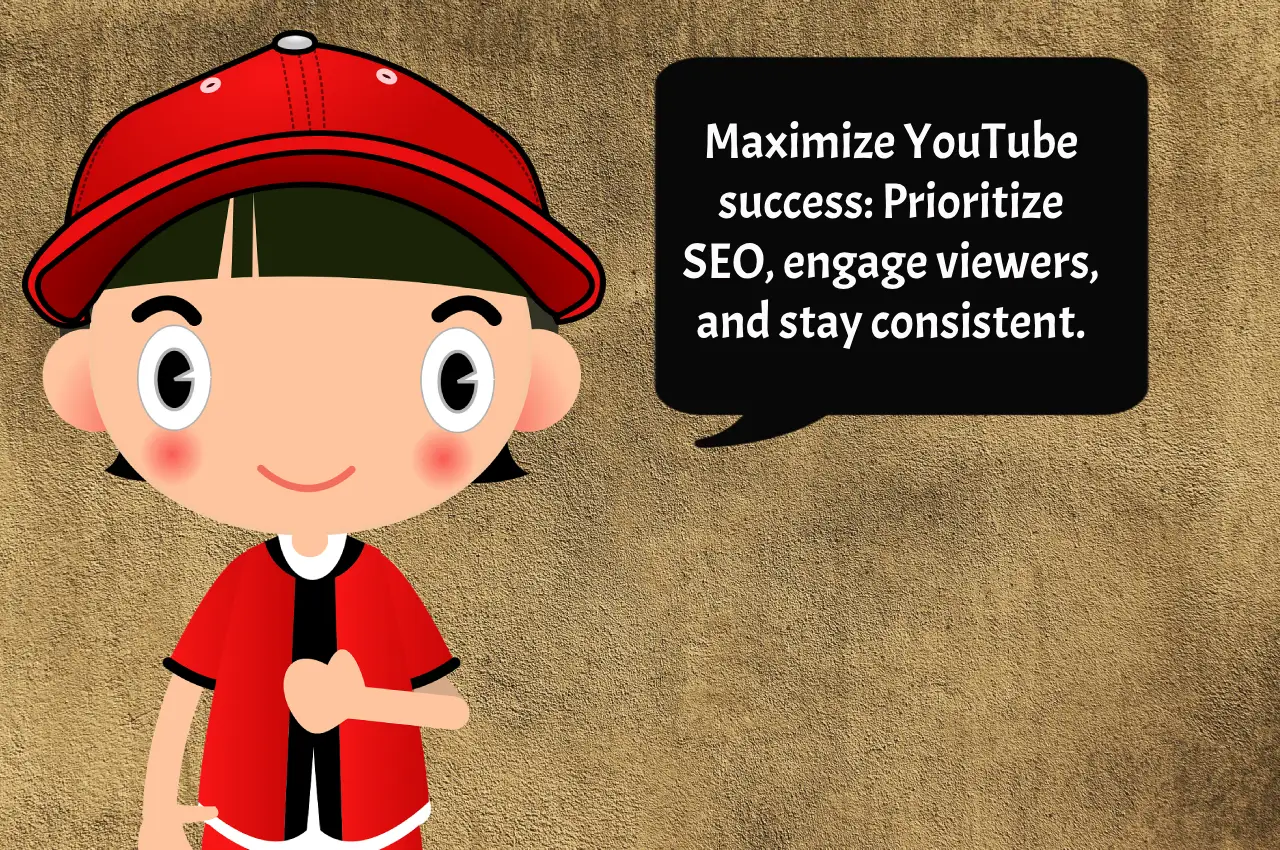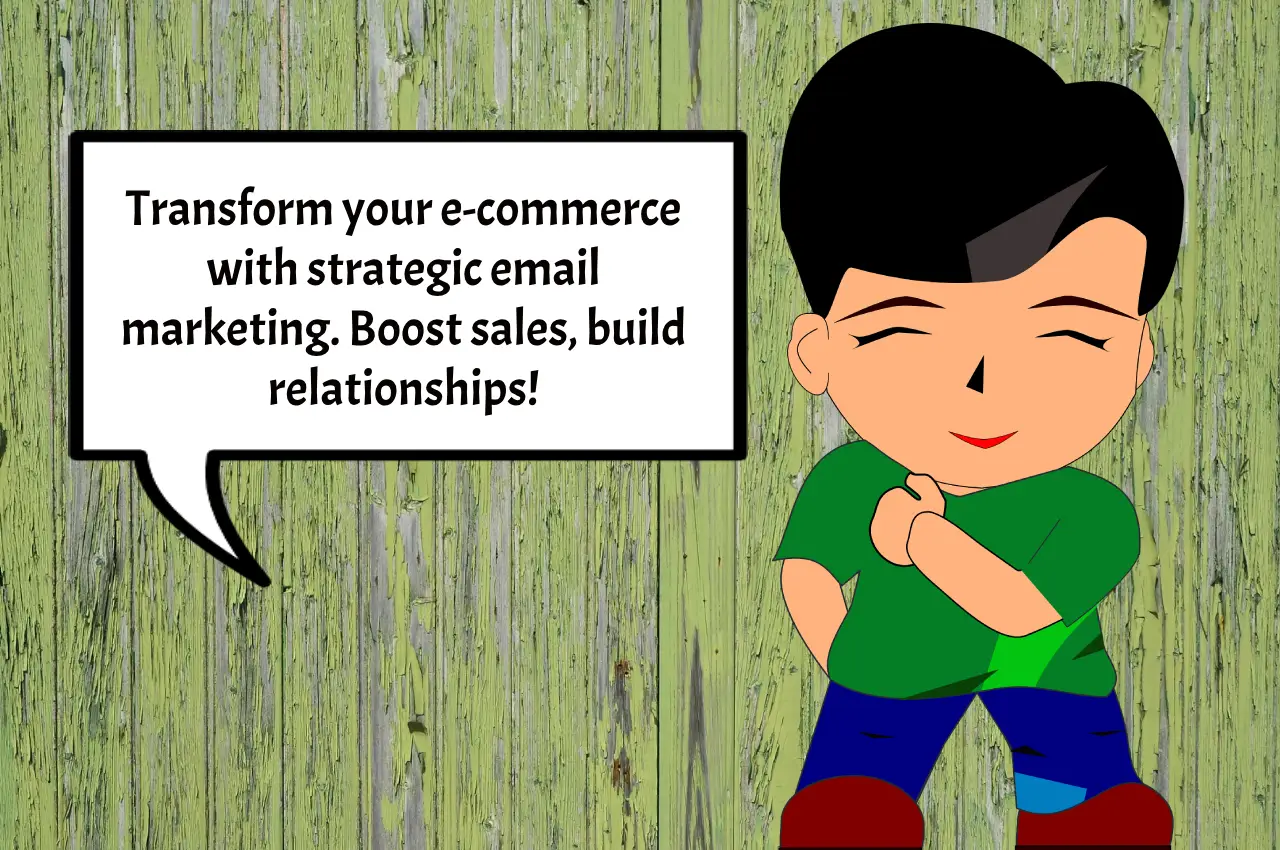In the ever-evolving digital landscape, understanding the profound impact of User Experience (UX) on search marketing is crucial for businesses striving to thrive online. This blog post aims to delve into this dynamic intersection, offering comprehensive insights and actionable tips to harness the power of UX effectively.
The Essence of UX: Beyond Aesthetics
At its core, UX is not merely about visual appeal. It encapsulates the entire user journey, encompassing the online and offline interactions users have with a product or service. From the intuitiveness of website navigation to the seamless discovery of information, every facet contributes to shaping the user’s overall experience.
Consider a local bookstore that transitioned from brick-and-mortar to an online platform. Instead of merely replicating the physical store’s appearance, they focused on translating its warmth and personalized recommendations into a digital space. Prioritizing a user-friendly design and offering tailored suggestions led to a substantial increase in online sales and fostered enduring customer loyalty.
The Ripple Effect on Search Marketing
In the realm of search marketing, the influence of UX extends far beyond appearances. While traditional SEO tactics center around keywords and backlinks, the paradigm has shifted. Search engines now prioritize websites that deliver a superior user experience. This goes beyond mere aesthetics, encompassing factors like faster load times, mobile responsiveness, and content that genuinely addresses user needs.
Imagine landing on a webpage after searching for a quick pasta recipe, only to be greeted by a cluttered interface inundated with intrusive ads. The likelihood of an immediate exit is high. Not only does this impact user satisfaction, but search engines also take note of such behaviors, favoring websites that provide clear, accessible content in their rankings.
Harmony between UX and SEO
The synergy between UX and SEO is not a mere coincidence; it is a strategic necessity. While SEO serves as the vehicle to drive users to a site, it is the UX that ensures they stay. Websites boasting intuitive layouts, engaging content, and seamless navigation tend to retain visitors for more extended periods, consequently reducing bounce rates. This signals to search engines that the site is valuable, thereby enhancing its search rankings.
Returning to the example of the local bookstore, their emphasis on enhancing website user experience not only retained existing customers but also propelled them up the search engine rankings. The combination of easy navigation and relevant content kept visitors engaged, encouraging return visits.
Mobile UX: Unignorable Imperative
In the contemporary mobile-centric landscape, overlooking mobile UX can be a costly oversight. Websites must not only be responsive, seamlessly adapting to diverse screen sizes, but also consider factors such as thumb-friendly design and faster load times for an optimal mobile experience.
Consider the case of a local cafe that revamped its website with mobile users in mind. By incorporating a simple, thumb-friendly menu and optimizing for faster load times, they witnessed a surge in online orders and an uptick in search rankings, as Google places a premium on mobile-friendly sites.
Voice Search and the UX Landscape
As voice search gains prominence, its integration into the UX becomes imperative for staying relevant. Optimizing for voice search involves deciphering natural language patterns and providing concise, direct answers. Websites aligning with this trend are poised to emerge victoriously in search results.
Visualize asking your voice assistant for the nearest pizza place. A quick, accurate response is expected. Websites optimized for voice search are more likely to secure top positions in search results. They do this by capitalizing on the efficiency and convenience it offers users.
Quantifying UX: The Power of Data
Measuring UX effectively entails delving into user behavior data. Tools like Google Analytics offer invaluable insights, with features like heatmaps showcasing user click patterns and aiding in optimizing page layout.
Consider a blogger who utilized heatmaps to revamp their site. Armed with insights into where users clicked most, they strategically reorganized navigation and content placement. The result? A tangible boost in user engagement and improved search engine visibility.
Future-Proofing with UX in Mind
Remaining at the forefront of search marketing involves not only understanding current user experience trends but also anticipating future shifts. This may involve harnessing the potential of AI for personalized experiences or ensuring inclusivity and accessibility for users with diverse needs. The future is about creating seamless, user-centric experiences that transcend expectations.
Initiating UX Enhancements
Now equipped with insights into the symbiotic relationship between user experience and search marketing, it’s time for action. Evaluate your website’s UX—Is navigation seamless? Does it load swiftly? Is it optimized for mobile users?





